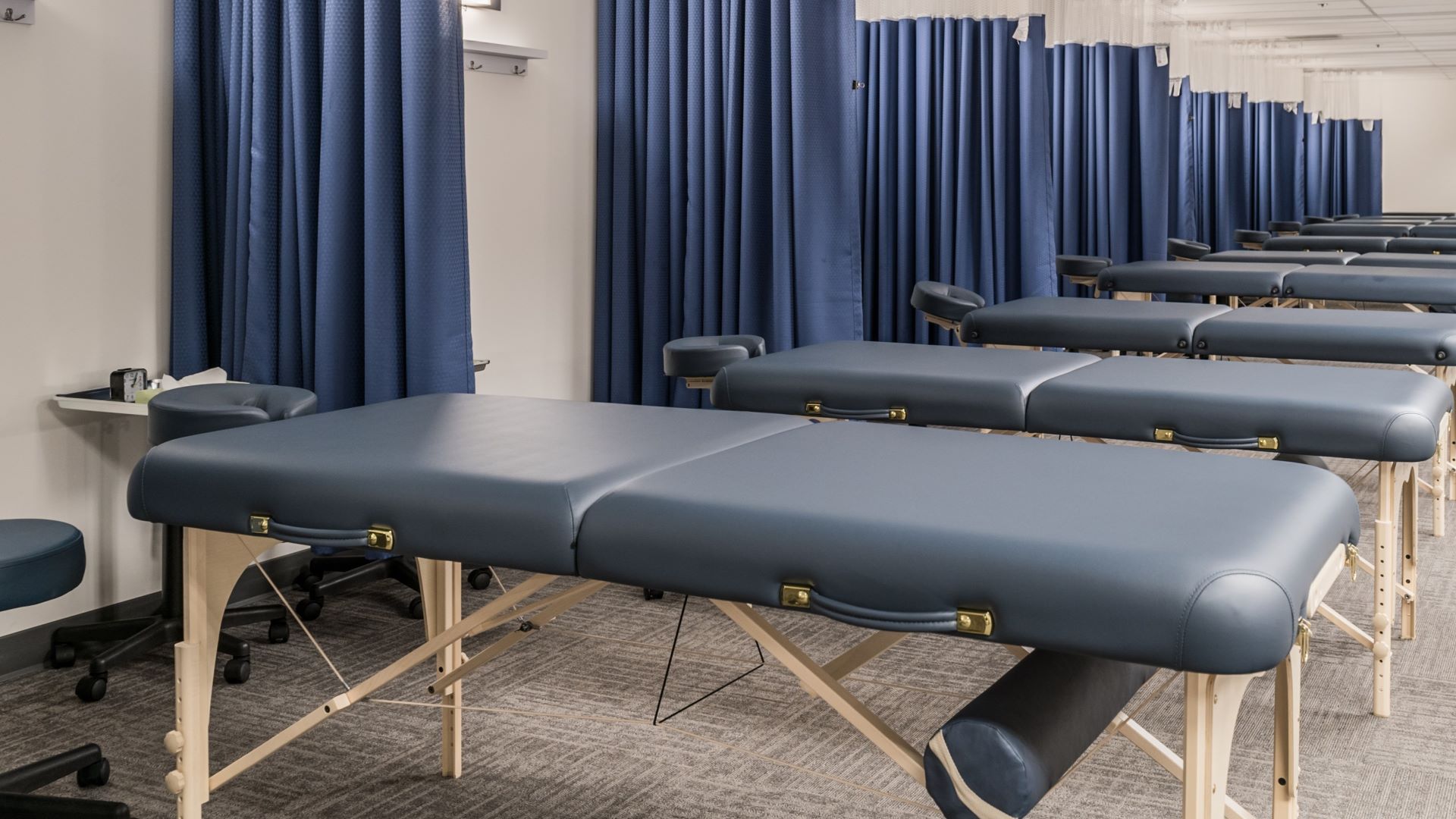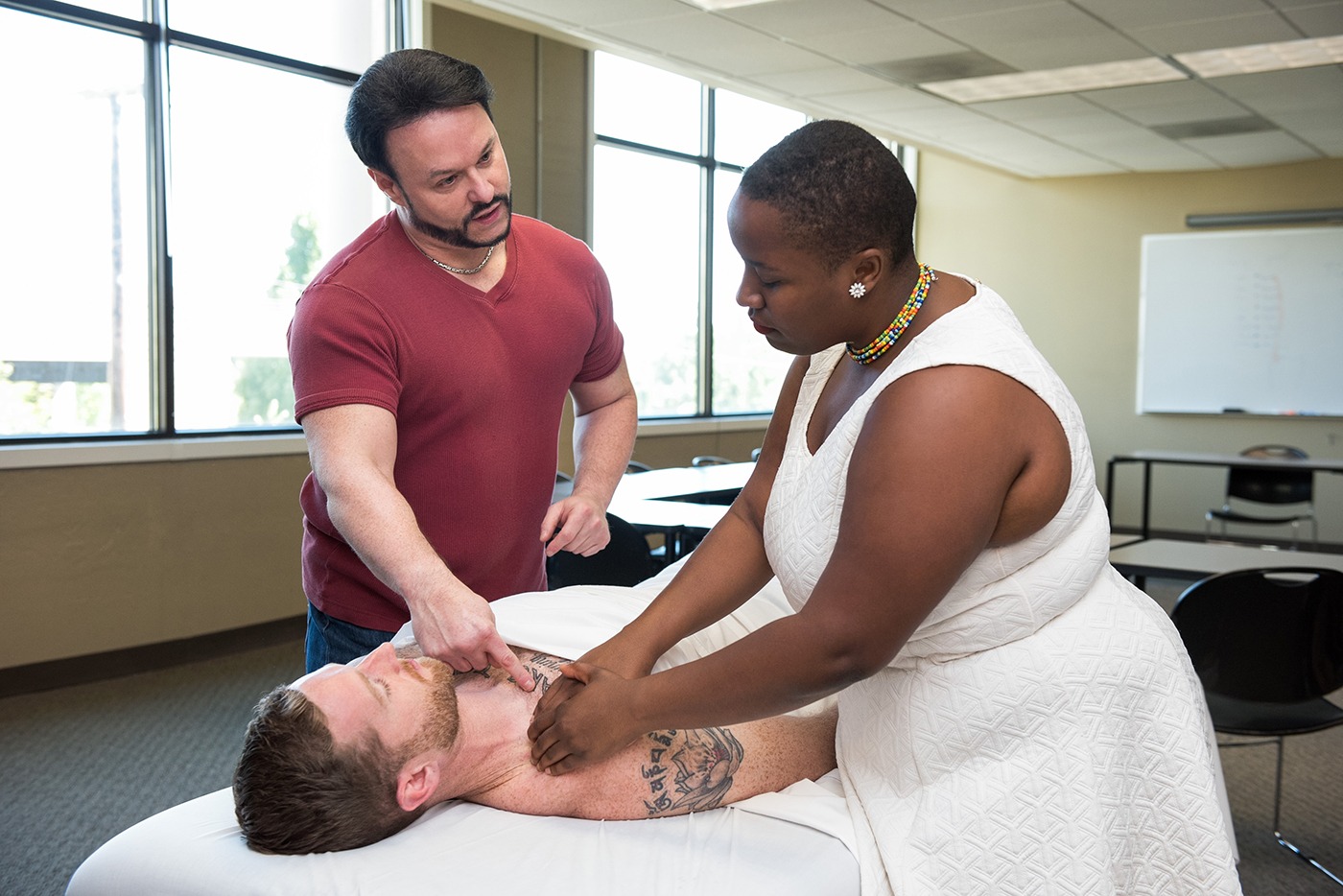Overwhelmed as an independent contractor/business owner? Or frustrated in your current position? A few years after you become a massage therapist, you may feel you have enough experience to try something new. The Massage Collective approach could be just what you need. Therapists across the country are forming collectives in which multiple practitioners work together in a community of mutual support and shared responsibility. Today we’re introducing this model and examining how a couple massage collectives work. We also list the benefits LMTs can see from joining a massage collective. Read on to learn more about this breakthrough massage business model.
Massage Collectives 101: An Introduction
A massage collective is a group of LMTs working together in a single business. They are often set up as LLCs (Limited Liability Corporations), with a shared bank account for marketing, space rental, taxes, and other expenses. This structure can minimize personal liability. However, it does require excellent communication, trust between partners, and self-motivation, as a failed collective will harm each member (just as a successful collective will benefit each member). To avoid legal pitfalls, massage collective members usually sign a written agreement specifying how the collective will operate.
Case Studies: Massage Collectives in Action
Massage collectives can include a couple or dozens of massage therapists. Let’s look at a couple examples to better appreciate this massage business framework.
Southwind Health Collective in Lawrence, Kansas began 33 years ago as a partnership between two LMTs. Today it includes seven therapists who share four treatment rooms. Joy deMaranville founded the collective because she “didn’t want to have a boss or be a boss.” That spirit of independence lives on today, as each therapist runs their own business under the Southwind Health Collective umbrella, while also participating in running the overall LLC.
The Tennessee Massage Collective was founded more recently, in June of 2020, by LMT Blake Bates. Unsatisfied with his massage employment, Bates decided to partner with four other therapists in a non-centralized way. There is no single office the partners work from, yet they all support their client pool. As an example, Blake’s office is open for any collective members to work from. The Tennessee Massage Collective allows clients to book sessions in the office or at home. This approach has attracted business from hotels and events. Mr. Bates reports that his team has garnered marketing attention that he wouldn’t have gotten as an independent contractor.
Hands in Harmony, located in eastern Iowa, shows how large collectives can grow. This group of 34 LMTs and 7 support staff operate out of two locations. It was founded in 2006 to bring massage therapists together in harmony, as its name suggests. The group has expanded its services to include massage, reiki, yoga, and more.
LMT Benefits of Joining a Massage Collective
LMTs such as Blake Bates and Joy deMaranville appreciate the advantages of joining a collective, such as:
- A Built-In Support Network. Massage can be a lonely profession, particularly if you work alone in a rented space. The camaraderie of a collective means that you’ll have ongoing support, even during huge life changes–such as getting a divorce or losing a loved one. In such times, your partners can take on your list of clients, allowing you time to heal without destroying your business.
- Mutual Learning Opportunities. Two brains are better than one, as the saying goes, and two sets of healing hands are better than one as well. Connecting with your collective business partners on massage techniques can enhance your practice.
- Lower Overhead Cost. Why pay more than you must? With multiple practitioners sharing overhead–such as space rental and business fees–you can increase your take-home pay.
- Enhanced Marketing Capacity. Attracting clients can be easier when you partner up with different LMTs to share marketing work. Moreover, fellow practitioners can refer clients to each other to allow more flexible scheduling. Imagine taking a vacation without the fear of losing clients.
Overall, LMTs in massage collectives often feel less overwhelmed. When multiple people collaborate on the business side of massage, they can divide the work according to each person’s talents and interests.
To get started creating a massage collective, we recommend networking with other massage therapists. Social media groups, professional conferences, and continuing education massage classes are excellent opportunities for connecting with like-minded massage therapists. If you’re an alumnus of East West College, we also recommend getting in touch with our excellent Alumni Services team. Check out the East West College alumni services website, which includes job and space rental boards for massage (Portland area mainly). You can take advantage of our massage therapy alumni services, by emailing us at aluuniservices@eastwestcollege.edu.




